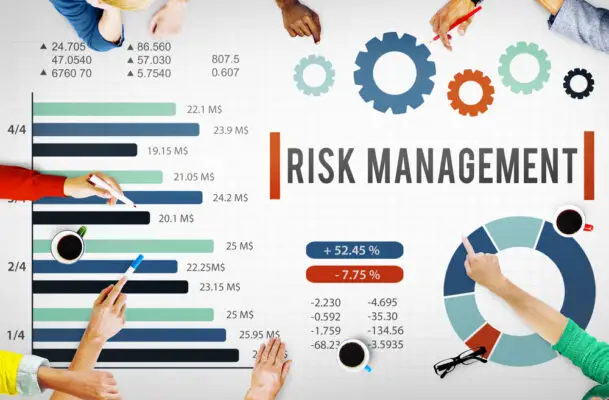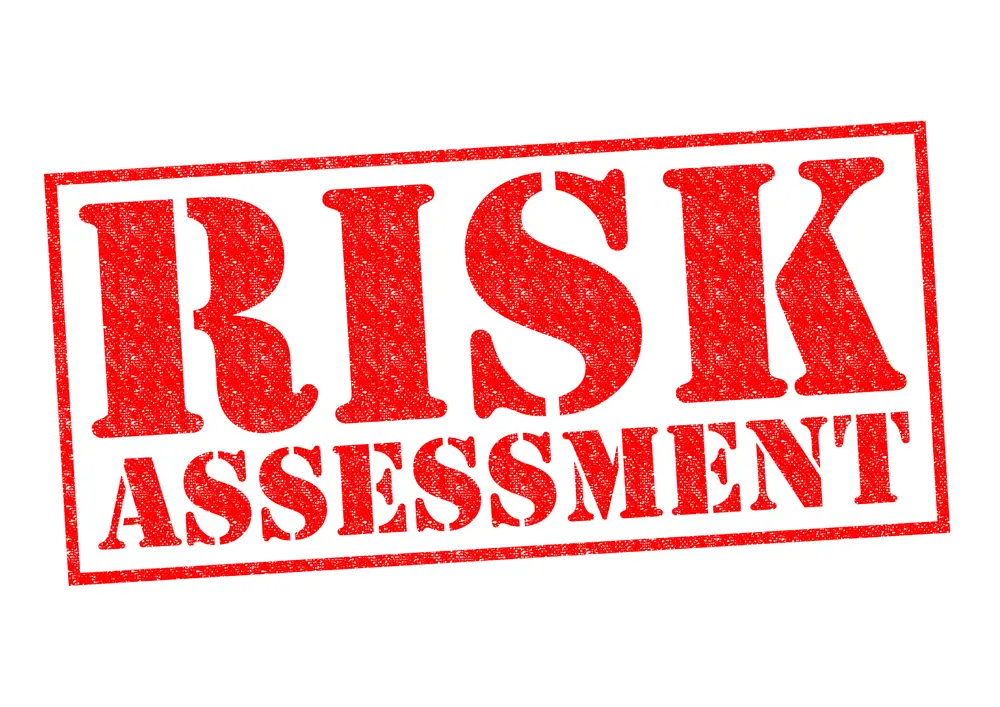Pharmaceutical companies use a pharmaceutical risk assessment template to evaluate the risks associated with their products. This template aims to help companies identify potential risks and take steps to mitigate them. Companies can ensure that they take all necessary precautions to protect consumers from harm, thus providing quality risk management.
There are several reasons why a pharmaceutical company might use a risk assessment template. First and foremost, it is important to identify any potential risks associated with a product before it goes to market. In doing so, companies can avoid serious negative consequences, such as liability in the event of an injury.
Additionally, by identifying risks early on, companies can take steps to mitigate them before they become an issue and cause reputational damage. Finally, a risk assessment template can help demonstrate to regulators that a company is taking all necessary precautions to protect consumers from harm.
There is no one-size-fits-all approach to using a pharmaceutical risk assessment template. Every company will have different needs and concerns that must be considered. However, some general tips can be followed when using this template.
First, it is important to identify all stakeholders who will be involved in the risk assessment process. These stakeholders may include senior management, product development, risk management, marketing, and regulatory affairs teams. Once all stakeholders have been identified, it is important to communicate the risk assessment process’s objectives clearly.
Next, all data relevant to the <span style=”font-weight: 400;”>product under review should be gathered and organized. This data may include information on the ingredients used in the product, the manufacturing process, and any clinical data that has been collected. Once all data has been gathered, it should be reviewed by all stakeholders to identify any potential risks.
Finally, after all, risks have been identified, mitigation strategies should be developed and implemented. These strategies may include changing the formulation of the product, altering the manufacturing process, or increasing safety monitoring during clinical trials.
The purpose of this blog post is to provide a basic template for conducting a risk assessment for pharmaceutical products.
Choose The Right Template
There are many different risk assessment templates available online. It’s important that you choose one specific to the pharmaceutical industry and includes all of the necessary information for your assessment.
A good template will ask questions about every aspect of your business, from manufacturing to distribution to marketing. A comprehensive template will also include a section on recalls and creditworthy suppliers.

Risk Assessment Steps
There are four risk assessment steps: identification, evaluation, mitigation, and monitoring.
Identify Hazards & Assess Risks
Once you have chosen the right template, you need to identify all potential hazards in your business. The first step is to identify potential risks. This can be done by brainstorming with team members, reviewing product safety data, and consulting experts. Once potential risks have been identified, they should be organized into a list or table.
Once you have identified the potential hazards, you need to assess the risks associated with each one. To do this, you need to consider the probability of the hazard occurring and the possible impact if it does occur. This is how to define risk identification.
For example, if there is a fire in your factory, what is the probability that it will spread to other parts of the building? And if it does spread, what is the possible impact? Will anyone be injured? Will production be halted for an extended period of time?
Develop Control Measures & Evaluate Effectiveness
After you have identified all the hazards and assessed the associated risks, you need to develop control measures to mitigate those risks. For example, if you are assessing fire risk, your control measure might be installing sprinklers throughout your factory. This is a preventive method of control.
Once you have developed control measures systems, you must evaluate their effectiveness. Are they sufficient? Do they address all of the risks? If not, what else needs to be done?
The next step is to evaluate the risks. This involves determining the likelihood and severity of each risk. The likelihood is the probability that the risk will occur, while the severity is the potential harm the risk could cause. Risks should be evaluated on a scale from low to high for both likelihood and severity.
Develop Risk Mitigations Strategies
In the pharmaceutical industry, risk mitigation is crucial in preventing negative outcomes while carrying out research and development processes. One effective risk mitigation strategy is implementing a system for early detection, such as regular audits and inspections.
This helps to identify potential risks before they become major problems. Additionally, it’s important to have a clear understanding of regulatory guidelines and ensure that all team members are trained and knowledgeable in these requirements.
It’s also necessary to establish well-defined procedures for reporting and documenting any issues that arise. Lastly, regularly reviewing and updating risk mitigation strategies can help to detect new or evolving risks and prevent them from impacting operations.
Mitigation strategies may include design changes, process improvements, training programs, or changes to packaging or labeling. Determine mitigation tasks, and documented mitigations are mandatory for the regulation institution to understood the depth of controls obtained.
Develop Monitoring Range
Once mitigation strategies have been put in place, it’s important to monitor the risks on an ongoing basis. This can be done by reviewing product safety data, customer complaints, and incident reports. Adjustments to the mitigation strategies may be necessary if new information arises about a particular risk.
Ranges might be monthly, quarterly, or annual phases. The number of high risks addressed at a certain stage will matter as the subject of the derived level.
Standards for pharmaceutical risk assessment
Installation Qualification. SOP & Protocol (Issue 9.)$115.0010000020
The Standard Operating Procedure template that created the Installation Qualification Template (IQ) takes you from page to page, chapter by chapter. There really is something special about finding SOP documents that are so simple and straightforward — you do everything.
All document details include the drawings as well as all checks and tests. The final product consists of a professional complete installation certification template. It should be made in minutes. Yes, we all know how long the production of these documents took for the purpose of testing and evaluating medical equipment as well as a basic template.

Combined IQ-OQ-PQ Computer (Issue-4) $159.00
This Pharmaceutical Validation Protocol was designed to respond to hundreds of readers’ suggestions from the ‘Suggestions’ area. The product has been specially designed to serve a variety of applications, including Process and Laboratory standalone machines.
Medical Device Validation Master Plans Templates are interactive, easily accessed, and adaptable to all types and combinations of devices with or without software.
Conclusion:
A pharmaceutical risk assessment template is valuable for any pharmaceutical company looking to launch a new product. By using this template for completing a risk assessment task, companies can identify potential risks and take steps to mitigate them. In doing so, they can avoid serious negative consequences and ensure that their products are safe for consumers.
A pharmaceutical risk assessment template can help you save time while identifying and mitigating key risks. The use of such a tool is also beneficial in helping to ensure consistency across assessments. When selecting a template, be sure to choose one that applies to your specific industry and business needs.

Chris Ekai is a Risk Management expert with over 10 years of experience in the field. He has a Master’s(MSc) degree in Risk Management from University of Portsmouth and is a CPA and Finance professional. He currently works as a Content Manager at Risk Publishing, writing about Enterprise Risk Management, Business Continuity Management and Project Management.

